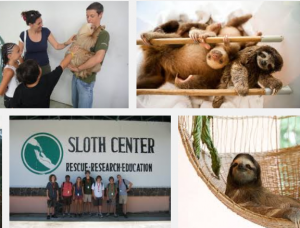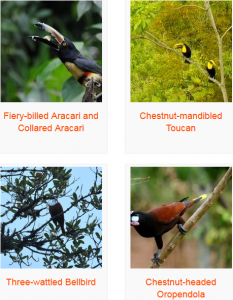The game reserve that I choose to talk about it the Ndumo Game Reserve; this is a small South African game reserve located in the far northeast district of KwaZulu-Natal known as Maputaland. This game reserve shared border with Mozambique, where the Pongola River joins the Great Usutu River. It is adjacent to the Tembe Elephant Park. Ndumo is a remote area; its closest major city of Durban is roughly 250 miles away. Or closest town of Mkuze is 68 miles away.
Ndumo hosts a diverse range of habitats including sand forest, dense riverine forest, flood plains, alluvial plains, reedbeds, grassland, broad-leaved and acacia woodlands and extremely dense thornveld. Ndumo is popular for its birdlife and despite its small size; the reserve has recorded in excess of 430 bird species including residents and seasonal migrants. The park’s abundance of pans, flood plains and rivers (Pongola & Usutu) provide suitable habitat for many aquatic species. The Maputaland area in general is relatively rich in bird life due to the ecosystem diversity as well as its geographical location: the area forms the southernmost range for a great many eastern and north-eastern African bird species. This game reserve received a high amount of rain fall annual.
Ndumo is home to many sought-after bird species such as: Pel’s Fishing Owl, Narina Trogon, African Broadbill, Eastern Nicator (formerly “Yellow-spotted Nicator” but this name is now given to another bird, the Western Nicator), African Cuckoo-Hawk, Large mammals found in Ndumo include Nyala, Hippopotamus, Nile Crocodile, Impala and Cape Buffalo. While Elephants are been host at the neighboring Tembe Elephant Park. As with all parts of Maputaland, malaria is endemic and visitors are advised to take the proper precautions. There is an Ezemvelo KZN Wildlife campsite and hutted camp. Wilderness Safaris run a luxury tented safari camp. This park is to be included into the: Usuthu-Tembe-Futi Trans frontier Conservation Area.
https://www.google.com/search?q=ndumo+game+reserve&biw=1366&bih=667&source=lnms&tbm=isch&sa=X&ei=5bEGVYSgK4eMNrC7gsgK&ved=0CAgQ_AUoAg
by Carl Harrison





